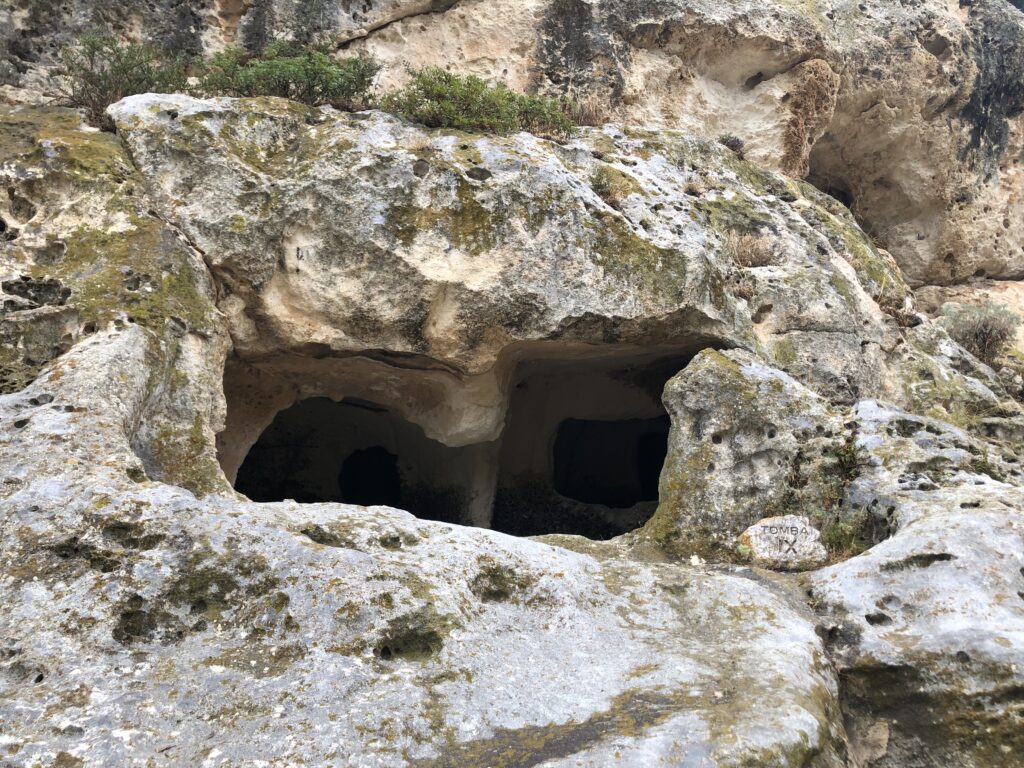
Nestled within the picturesque landscape of Sardinia are many remnants of a time long past, yet the story of these ancient and mystical places continues to captivate those who hear it.
In this article, we explore the Domus de Janas, the abodes of fairies or witches, linking history, mythology, plant magic, and the mystical world of the ancestors.
Ancient Tombs and a Timeless Tale
Sardinia has over 10,000 megalithic sites, from dolmens and stone henges to the Tombs of the Giants and, of course, the Domus de Janas.
With over 3,500 of these structures discovered in Sardinia, their story begins as pre-Nuragic tombs, expertly carved by ancient peoples into steep rocky outcrops more than 5,000 years ago. Intended as burial sites, the tombs often house intricate designs like spirals and bull horns—classic symbols of death and rebirth. The presence of skeletons in a fetal position and the finding of Mother Goddess statues further cement their ties to the themes of rebirth and life’s cyclical nature.
But the story doesn’t end at their construction. These structures mimic the architecture of the living, complete with false doors and intricately designed interiors—perhaps a symbolic representation of the bridge between life and the afterlife or of reincarnation.
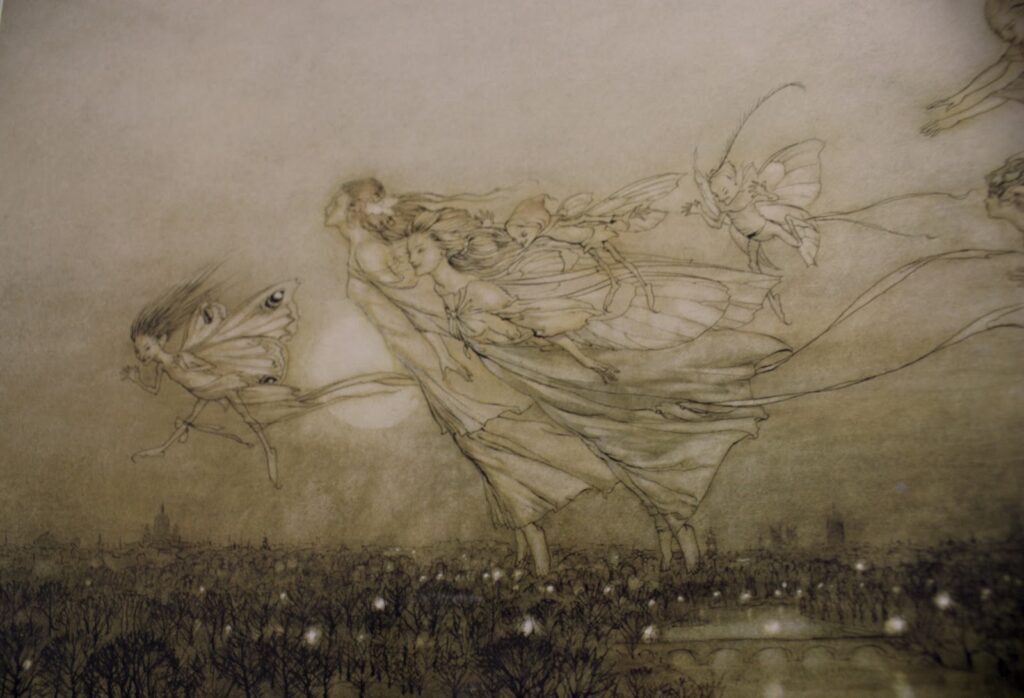
(Twilight Dream by Arthur Rackham)
The Enchanting Janas
Central to these tales are the Janas themselves. Slender, ethereal beings, the Janas are said to be either fairies or witches, with a nocturnal nature to preserve their pale, soft skin from the sun’s harsh rays. You might catch a glimpse of them on moonless nights when their luminescent bodies illuminate their brambly paths as they journey toward Nuragic temples, where they are said to pray, perhaps to the moon herself, as the Janas are sometimes connected to the Roman Goddess, Diana.
Cloaked in lore and legend, these beings are gifted with remarkable skills. Their golden looms produce the finest brocades, threads glinting like gold under their practiced hands. And the bread they bake? Impossibly light because they sift the flour through sieves made of pure silver. Legends suggest that the Janas introduced yeast for bread baking to humankind. All this, while they sing songs so melodic, it’s believed they will enchant any human lucky enough to hear them.
Guardian Spirits and Ancestral Protectors
Their interactions with humans don’t just stop at songs and myths. Legends tell of Janas intervening in the mortal realm, determining the destiny of a newborn. But a word of caution to treasure seekers: within the depths of their homes lies a bounty of gold and other unimaginable treasure, guarded fiercely by fearsome creatures who take a blended form of insect and beas, with a goat’s head and a lethal stinger.
Such tales of subterranean spirits aren’t unique to Sardinia. Many cultures have myths of elves and fairies living underground, symbolizing a strong link between land, ancestors, and the mysticism of the unseen.
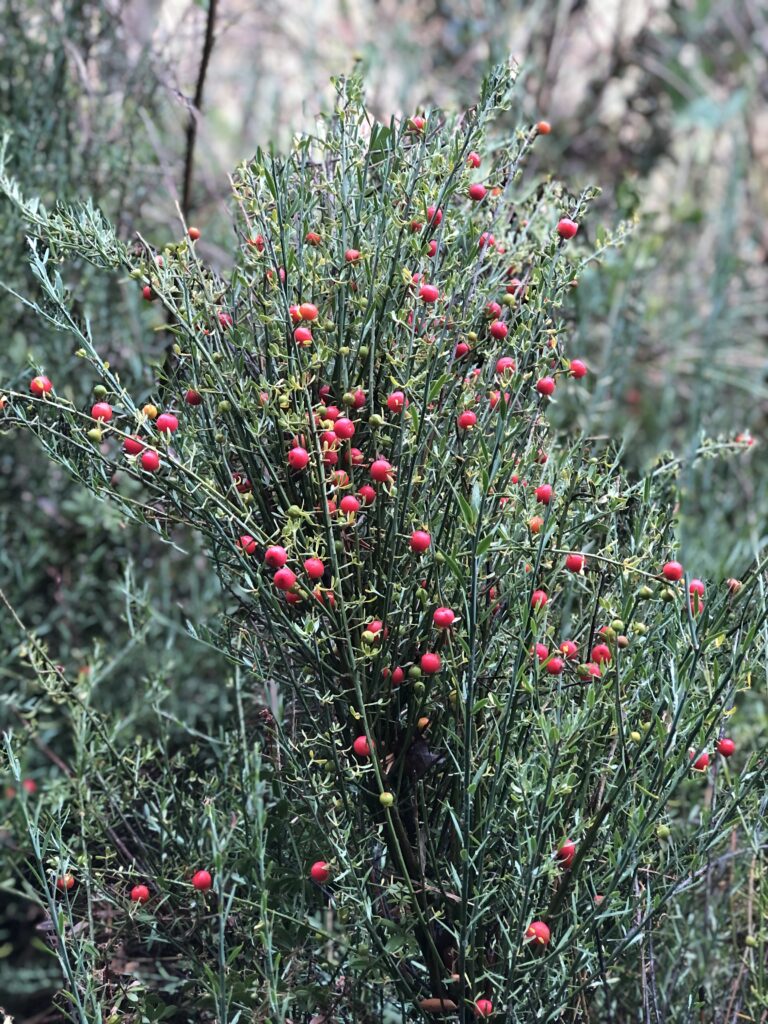
Nature’s Guardians: The Enchanted Flora around Domus de Janas
During our recent family pilgrimage to Sardinia’s Domus de Janas, one of the aspects that captivated me the most was the interplay between history, folklore, and nature. The terrain surrounding these ancient tombs wasn’t just a random assortment of greenery; it seemed as if the very soil and the air conspired to uphold the mystical aura of the place. Here are some of the most prevalent plants.
Rue: Often referred to as the “Herb of Grace”, rue has been revered since ancient times for its protective properties. Historically, it was used to ward off evil spirits and, in some traditions, was believed to repel witchcraft and malevolent spells.
Artemisia: Dubbed as a “witch’s herb”, Artemesia has long been associated with dreaming and divination. Its silvery leaves have been used in various cultures for inducing vivid dreams and opening doorways to the spirit realm.
Brambles and Thorny Plants: The prevalence of thorny plants like hawthorn, blackberries, and butcher’s broom around the tombs is no accident. These plants are nature’s barbed wire, serving as a natural protective barrier. In folklore, hawthorn, especially, is considered sacred and is believed to be a bridge between our world and the realm of spirits.
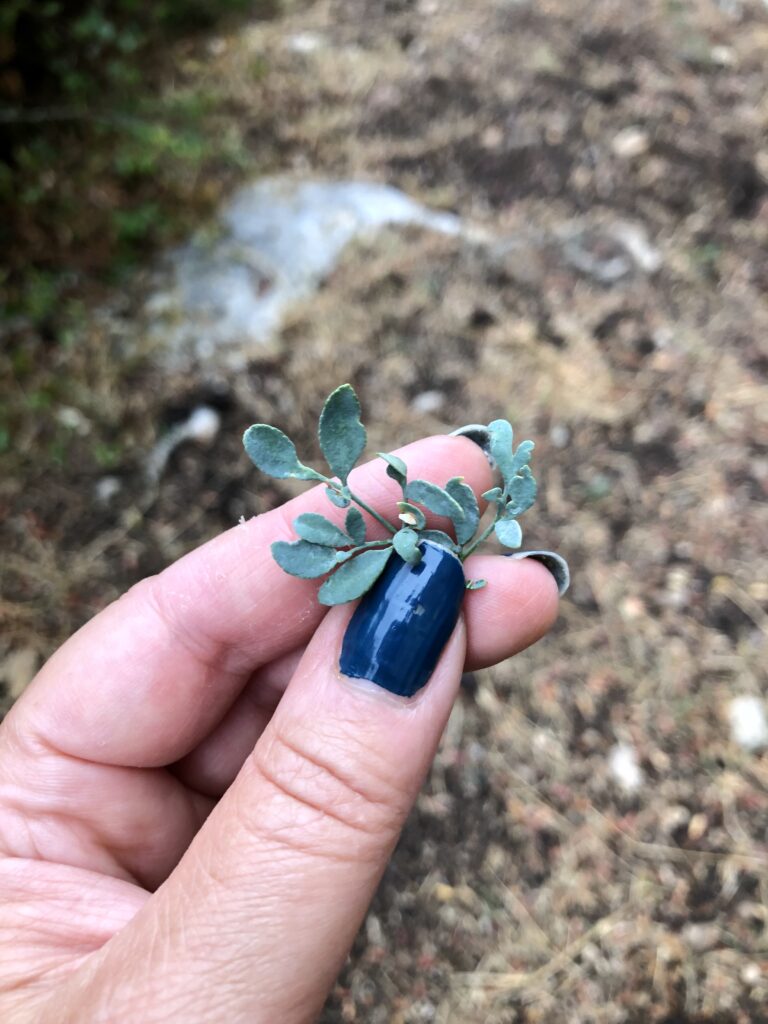
It was an awakening to realize how intertwined the realms of the living, the mystical, and the natural truly are. These plants, standing as sentinels, not only protect the sacredness of the place but also link us, through ancient wisdom, to practices that many of us are now reclaiming. Domus de Janas offer a profound peek into the marriage of history, legend, and the spiritual. To the modern pagan, witch, or lover of folklore, they stand as symbols of ancestral wisdom, a testament to the symbiotic relationship between land, spirit, and human. It beckons us to remember, honor, and reclaim these age-old traditions and the wisdom they hold.
If you want to take a quick visual tour, check out my reel on IG.
Related Posts
Ancestors & Elves at Samhain
Thorn & Hedge Magic
Honey Magic
Rowan: The Sacred Witch Tree
Sardinia’s Ancient Olive Trees

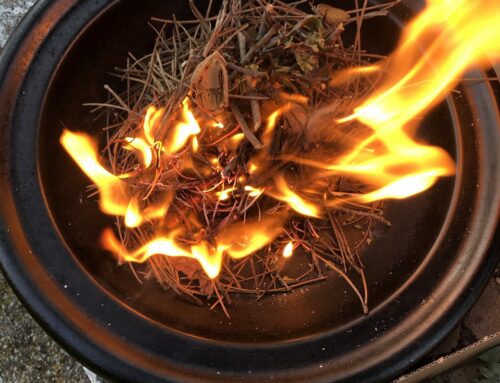




Leave a Reply